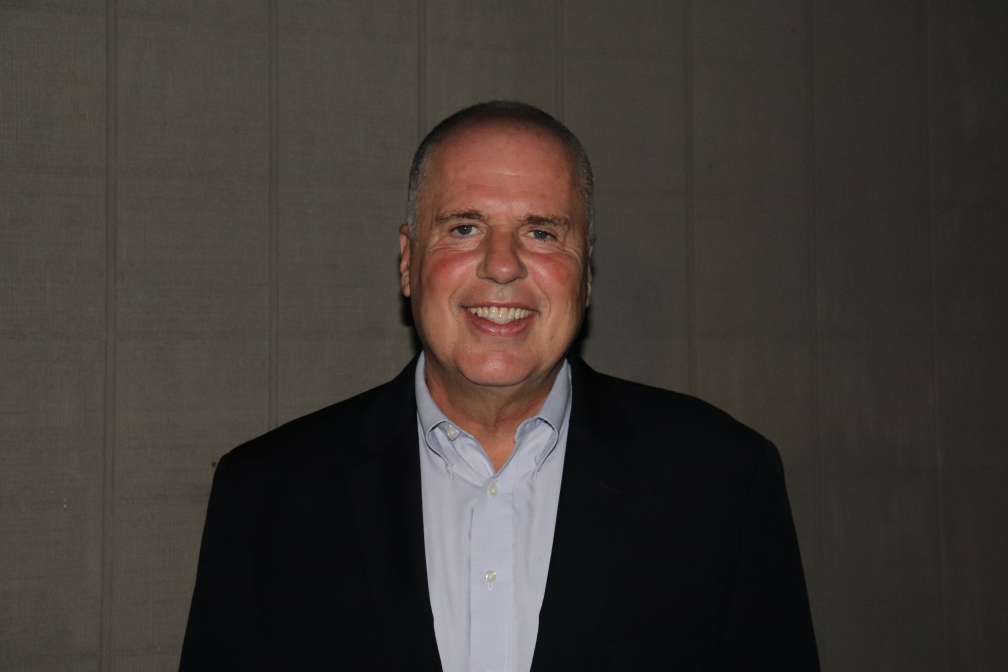Fall TV 2020: Resonance AI’s Jill Josephson on Understanding the Audience Through Artificial Intelligence
Josephson, director, media partnerships, Resonance AI (formerly Transform) previews her discussion at the upcoming session Television Gets “Smart” at the Audience Measurement Summit virtual event at Fall TV 2020.
Understanding the factors that drive audiences and create viewer engagement outside of the sample-based linear technology is the goal behind Resonance AI, which has created a platform that combines viewer performance data with advanced machine learning, determining what video content engages audiences. The Seattle-based tech firm, which was just selected as a TechCrunch Top Pick for Disrupt 2020, processes the audio and visual elements of video and determines why and which content truly resonates with audiences for any video.
Resonance AI (formerly Transform) provides actionable insights that help increase viewing, subscriptions and purchases, which Jill Josephson, director of media partnerships for the company, describes as a “new well of data that broadcasters and content creators can use to better understand their audience.”
“Artificial intelligence (AI) really should be a pillar of the company that is woven into many different aspects,” said Josephson. “Obviously, we are talking about content and the future of television here and the load can be lightened by using AI. Just as our brains would process what we are seeing, that is what our systems tease. All of the tags, or data points, we use can be stored and compiled and used to make decisions.”
Fall TV 2020: An Easier Alternative for Commercials Via PUCs
“You don’t need to have an advanced degree in data science to be able to understand our platform,” she added. “And the value, particularly in today’s world of cross-platforms, is immeasurable.”

Operating under the tagline, “artificial intelligence for the world’s most innovative creators and users of video,” Resonance AI aggregates specific threads of the performance data it stores, generating the special real-time insights for each client. Those targets, which include networks, studios, broadcasters, streamers, advertisers and social media, are given insights on how a series, ad, newscast, movie, trailer or any user-generated content, connects with the audience.
“You can make faster decisions and do a multitude more work a human could never accomplish using AI,” she said. “And it needs to be leveraged as a tool in the media industry in order to expand and to be able to meet the needs of the new consumers.”
The smarter way to stay on top of the streaming and OTT industry. Sign up below.
We spoke with Josephson about Resonance AI and the value the firm brings to the media landscape.
Josephson is slated to participate in the virtual Audience Measurement Summit panel “Television Gets ‘Smart’” Sept. 30 during Fall TV 2020.

Q: Originally Resonance AI was called Transform. Can you tell us why the name of the company was changed and what it signifies?
Jill Josephson: We started a rebrand in first quarter this year. The company was originally called Transform and we’ve been around for about six years now. We are about transforming the media industry, so Transform served us well. But our AI platform has been called Resonance AI because we are all about understanding what parts of the content are resonating with audiences. After we got feedback from clients and advisors that this name would serve us better, we started rebranding pretty immediately.
Q: Can you give us a snapshot of what exactly it is your job entails at Resonance AI?
J.J.: When I started with the company about three years ago, media was a piece of what we did. We were still working with B2B and B2C businesses helping them deploy AI. Then we noticed a shift and my background is media, as well as our co-founder, Randa Minkarah. We understand the space and our company kind of naturally gravitated to solely focusing on AI for media. All of our clients are media tech firms.
I work directly with clients, offering further insights about their audience. And I work with our data partners, like TiVo and Comscore, to be able to utilize their data. I look for synergies between either the tech and data companies and the media companies who need solutions. And everything we do, and we build, is solutions driven and serves a need in the marketplace. Basically, it is making sure we are creating products that will expand the industry through a better understanding of the end user.
Q: What are you looking forward to most out of this conversation at your panel? Where are you expecting the conversation to go, and what would you hope audiences will glean from it?
J.J.: When I first started there was a lot of explaining to do about AI because no one really understood what it was. But now people are more familiar with it and want to utilize in their businesses. With the endless well of content providers out there, the deeper you can dive into the insights of your audience the more prosperous you can be.
As a tool where we can work with a variety of data sources, I always enjoy, and learn from what other people are doing and what their visions of the future is. The more conversations we can have the better it is for everyone.
Q: What has changed for your firm, and your job, in this era of COVID (if anything)?
J.J.: For us, since we basically work remotely to begin with, it has not been all that different. And many companies have now proven they can prosper out of the traditional workplace. My hope is that the “old world,” the last indications of the “Mad Men” working world, are kind are over after this.
Q: Where do you see the future of the business going through what you are doing?
J.J.: I think Netflix is a certainly good indicator of what is possible. And there are a lot of forward-minded companies in the industry who are working towards change, and the process of figuring out how content will be primarily consumed in the future.
Ideally, I want to see us work with the clients who embrace change and need solutions. As a company, we have to understand what the new viewership trends are now. We need to be able to predict what the new media consumers want to watch. And we have to help companies make those predictions.
Marc Berman is editor-in-chief for media-centric The Programming Insider (programminginsider.com), which pioneered the email newsletter format at its inception in 1999. Marc has written for a wide range of publications including Broadcasting + Cable, Next TV, Forbes, Newspro, Campaign US, The Hollywood Reporter and Variety. Known as “Mr. Television” at Mediaweek (now Adweek), Marc has appeared on camera on Entertainment Tonight, Extra, Inside Edition and CNN and MSNBC, among other series and outlets. He is a member of The Television Critics Association and The Broadcast Journalists Television Association. And Marc put his TV historian hat on as author of desk calendar Today in TV History.

